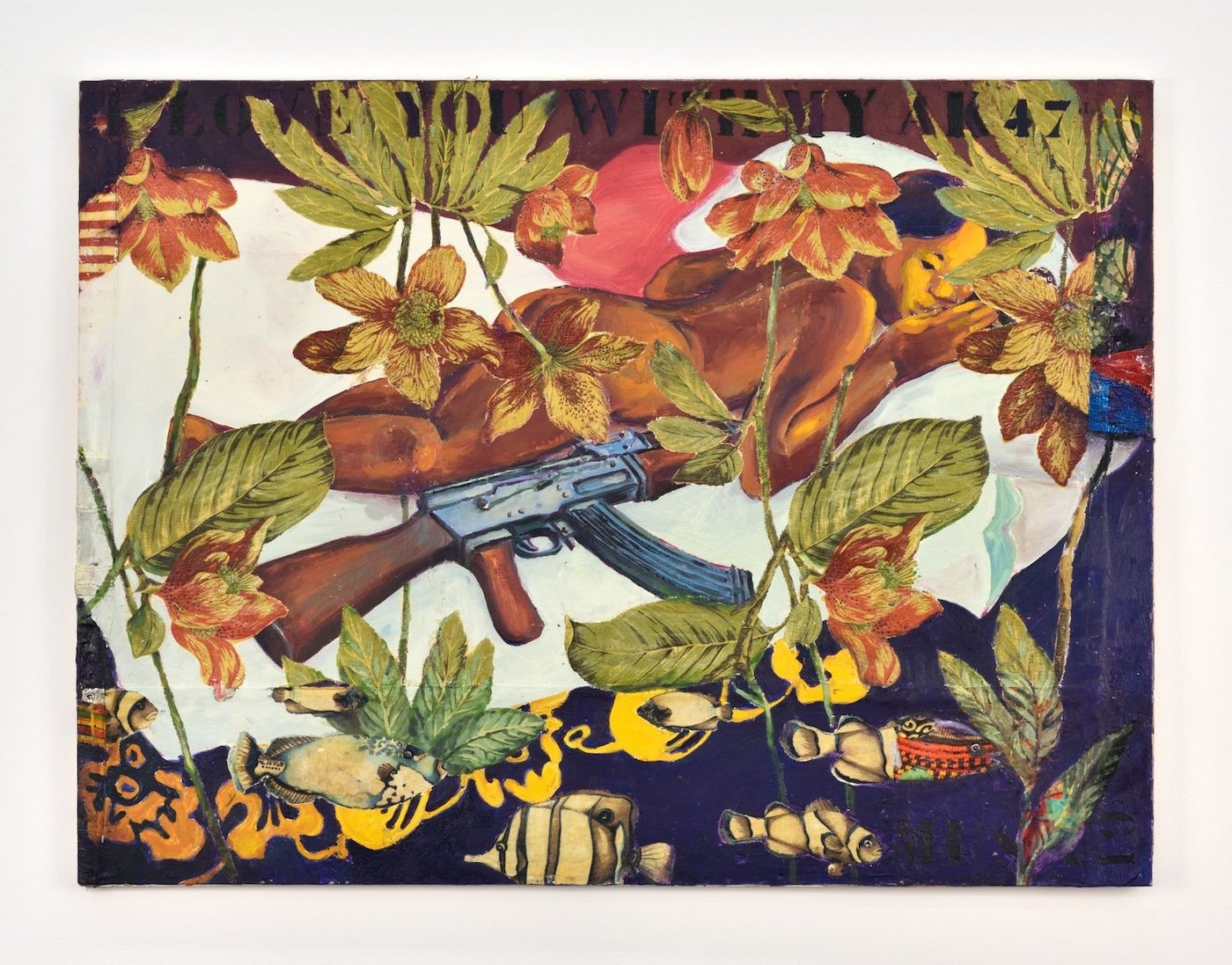Hakeem Adam: Being Receptive to the Outside and in Contact with the Inside
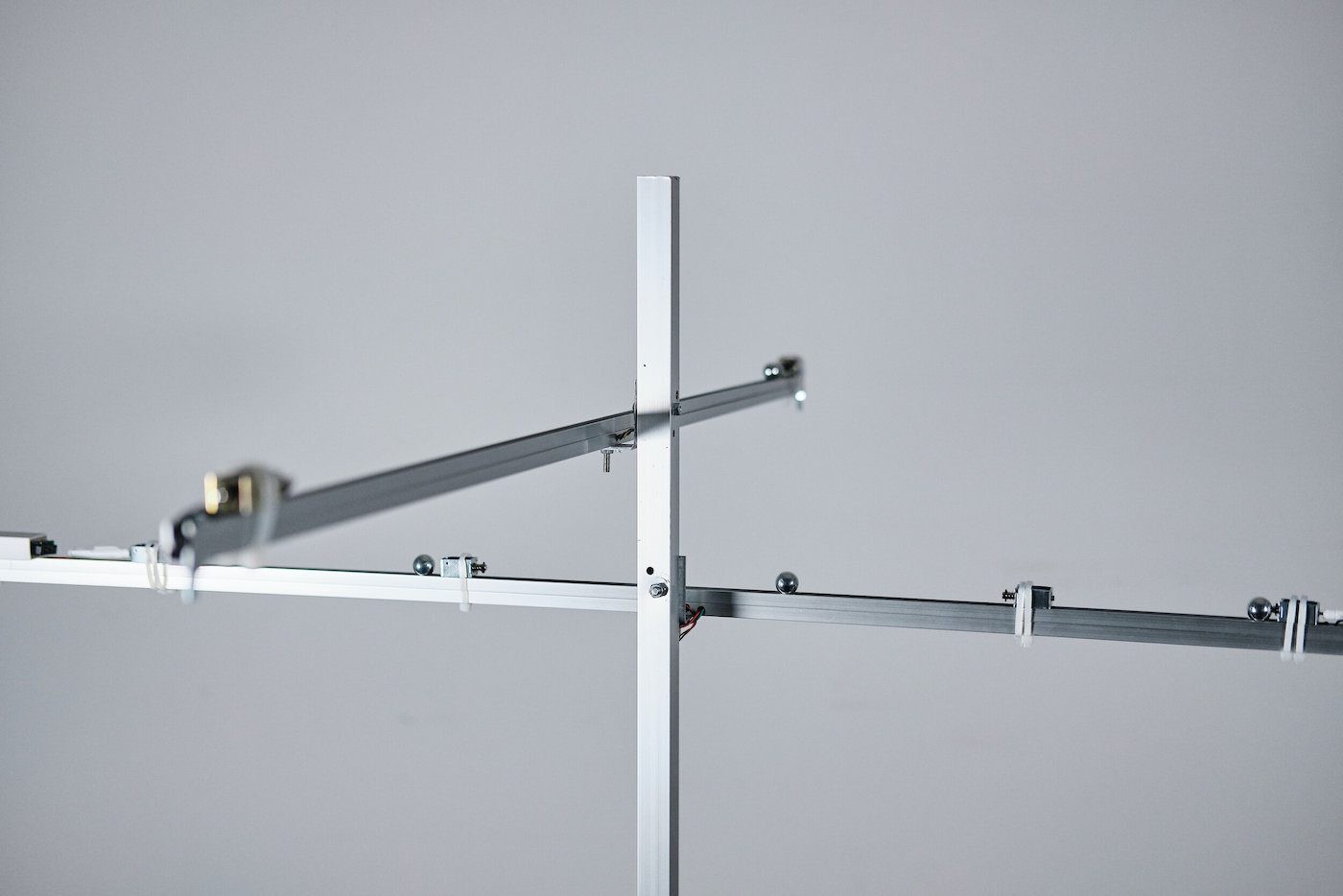
25 September 2020
Magazine C& Magazine
Words Theresa Sigmund
6 min de lecture
Trusting his subconscious to look beyond a singular language of expression, the Ghanaian artist Hakeem Adam creates a physical and digital world of healing.
Contemporary And: Engaging with your projects from my laptop opens up a wide range of media. How do you navigate between those various media, and what are your sources of inspiration?
Hakeem Adam: I try as much as possible to reflect myself and my times in my work. To me, digital or physical objects are raw materials of the same thematic and narrative properties. The medium is the origin point of my connection to the audience. I am inspired by the difficulties and possibilities in this. How do I mediate my clear thinking about unclear themes, emotions, stories, phenomena? From my training as a writer I am also always contemplating the power of narrative, its fundamental and experimental mechanisms, looking beyond a singular language of expression. Inspiration comes from perceptiveness, always trying to look through and discover what is embedded, hidden, or drowned. A lot of my work is also directly influenced by mass natural systems, and their politics and remains. Navigating all of this feels like solving the problem of the travelling salesman (finding the quickest path between points) and trying not to get lost.
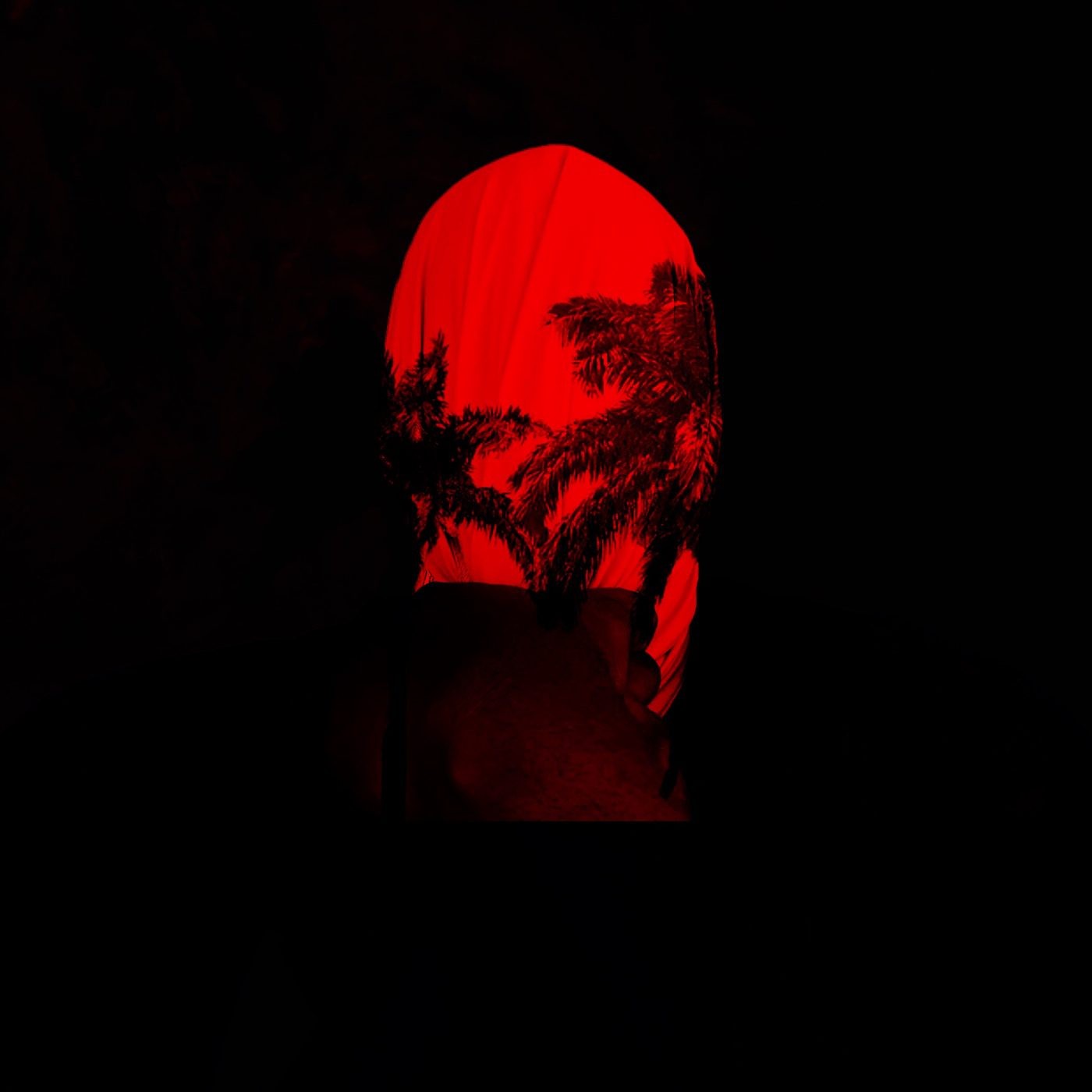
Hakeem Adam, Mujahid, Double Exposure Digital Photographs, 2018. Courtesy the artist.
C&: The topics you are dealing with also arise from a range of fields, from the subconscious to criticism of capitalism. What is the connecting element between those topics?
HA: This is a difficult question to answer because I do not believe in the finality of artistic dialogue. In the working process the conversation is ongoing. The life cycle of an idea starts in the subconscious before evolving into research work, sketches, experiments, essays, prototypes. It then matures into a form suited to an audience, as an invitation to the conversation I have been having. We try to find the connections beyond what is apparent. And even when they are direct, they are still evolving as they dialogue with our own ideas and experiences. I do not think the common ground or leitmotif is my chosen form or medium but rather my encouragement of evolving narrative forms as a way of thinking about connections between themes, fields, and cultures as fluid.
C&: In your work, the point of departure is yourself. You describe yourself as an artist-in-learning and your work as autobiographical. How does your background in psychology play into this? What are you seeking in your work?
HA: It is hard for me to admit to the label of “artist” as it embodies certain political and aesthetic dimensions which are a part of but not always at the core of my work. Yes, most times I am creating, but at the same time I am healing, learning, unlearning, researching, experimenting, and grieving. Therefore I present my practice as artistic research in which each project or subject is defined by its needs. This prescriptive approach also comes from my working methodology, as I like to incorporate various tools, techniques, and practices rather than a single discipline. I do not believe in a single cure or one pill to solve it all. Healing is defined by its processes.
</p>
By loading the video, you agree to Vimeos’s privacy policy. Learn more
Always unblock Vimeo
</p>
</p>
</p>
PGRpdiBjbGFzcz0iX2JybGJzLWZsdWlkLXdpZHRoLXZpZGVvLXdyYXBwZXIiPjxpZnJhbWUgdGl0bGU9IlRvIEpvaW4gVGhlIFN0YXJzIiBzcmM9Imh0dHBzOi8vcGxheWVyLnZpbWVvLmNvbS92aWRlby8yNzA4NTgwOTA/ZG50PTEmYW1wO2FwcF9pZD0xMjI5NjMiIHdpZHRoPSI1MDAiIGhlaWdodD0iMjgxIiBmcmFtZWJvcmRlcj0iMCIgYWxsb3c9ImF1dG9wbGF5OyBmdWxsc2NyZWVuOyBwaWN0dXJlLWluLXBpY3R1cmU7IGNsaXBib2FyZC13cml0ZTsgZW5jcnlwdGVkLW1lZGlhOyB3ZWItc2hhcmUiPjwvaWZyYW1lPjwvZGl2Pg==
Ultimately what I am seeking in my work is not necessarily an autobiographical recounting but a personalized tapestry of all the things I am constantly contemplating. My work is a consecrated place of hiding, where I embed my anxieties in connection with the contexts that enable them, hoping that some healing comes from this. The invitation is the medium, whether physical or digital, yet the path or narrative consists of the steps I am taking towards healing. This does not necessarily come from studying psychology, but one thing that was important in my studies was the need to define your own medicine. The study of the mind is present in every culture, including in the mythologies of ancient civilizations which manifested in great artwork. Yet today it is positioned as a Western empirical science that is supposed to be universal. I have no choice but to center myself in this decolonial exercise and reinforce the rituals that are helpful. I am constantly seeking calm, sitting in the eye of the storm. Hopefully my work takes myself and the audience there.
C&: The sculpture Perpetual Productivity: I Am Not A Robot (2020) criticizes the exploitative power of capitalism. You created this work in Germany, where you currently pursuing a master in digital media at Bremen’s Hochschule für Künste. How much does the place you find yourself in speak to the work you are creating?
HA: I believe in giving yourself many chances for success in making and communicating, whether it’s having a studio space, means to travel, assistants, material resources, or a consistent source of critical feedback or inspiration. But all this is very hard to have and a lot of the it time hinges on having social or economic capital. I am very grateful to be in this program in Bremen which challenges the thematic and material aspects of making work. Making this sculptural critique was only possible because I was able to experiment with digital technology in an encouraging environment.
</p>
By loading the video, you agree to Vimeos’s privacy policy. Learn more
Always unblock Vimeo
</p>
</p>
</p>
PGRpdiBjbGFzcz0iX2JybGJzLWZsdWlkLXdpZHRoLXZpZGVvLXdyYXBwZXIiPjxpZnJhbWUgdGl0bGU9IlZvaWQgTG9vcCIgc3JjPSJodHRwczovL3BsYXllci52aW1lby5jb20vdmlkZW8vMzk1NjY0Nzk5P2RudD0xJmFtcDthcHBfaWQ9MTIyOTYzIiB3aWR0aD0iNTAwIiBoZWlnaHQ9IjI4MSIgZnJhbWVib3JkZXI9IjAiIGFsbG93PSJhdXRvcGxheTsgZnVsbHNjcmVlbiIgYWxsb3dmdWxsc2NyZWVuPjwvaWZyYW1lPjwvZGl2Pg==
C&: You founded the Pan-African cultural platform DANDANO for film and music criticism and documentation. What is the motivation behind the platform?
HA: DANDANO is a passion project aimed at addressing the gaps in knowledge production around African film and music. Despite the abundance of fantastic artists and thinking involved in those media, their work often suffers from a lack of representation in global critical conversation. This is true of most art from Africa, which is often reduced to the intoxicating allure of the ancient (the science of Egyptology) or purely aesthetics, without directly addressing the political and social dynamics. Making or artistry in a lot of African societies is of utilitarian importance while also being aesthetically pleasing and a mirror into the core values of a people. With DANDANO I tried to define a critical tradition for film and music where I could dialogue with works of art that demanded more than passive commentary. It is no longer physically possible to keep it going, but it has been an amazing journey of learning and I am immensely proud of the work I have done there, with the help of many others, over the past three years.
Hakeem Adam is a Ghanaian digital artist-in-learning, and freelance arts and culture writer, exploring the power of narrative, transmitted through various creative outlets including poetry, creative writing, photography, video art and sound design—and has contributed to the archive of African culture for Africa Is a Country, OkayAfrica and others besides.
Interview by Theresa Sigmund.
Plus d'articles de
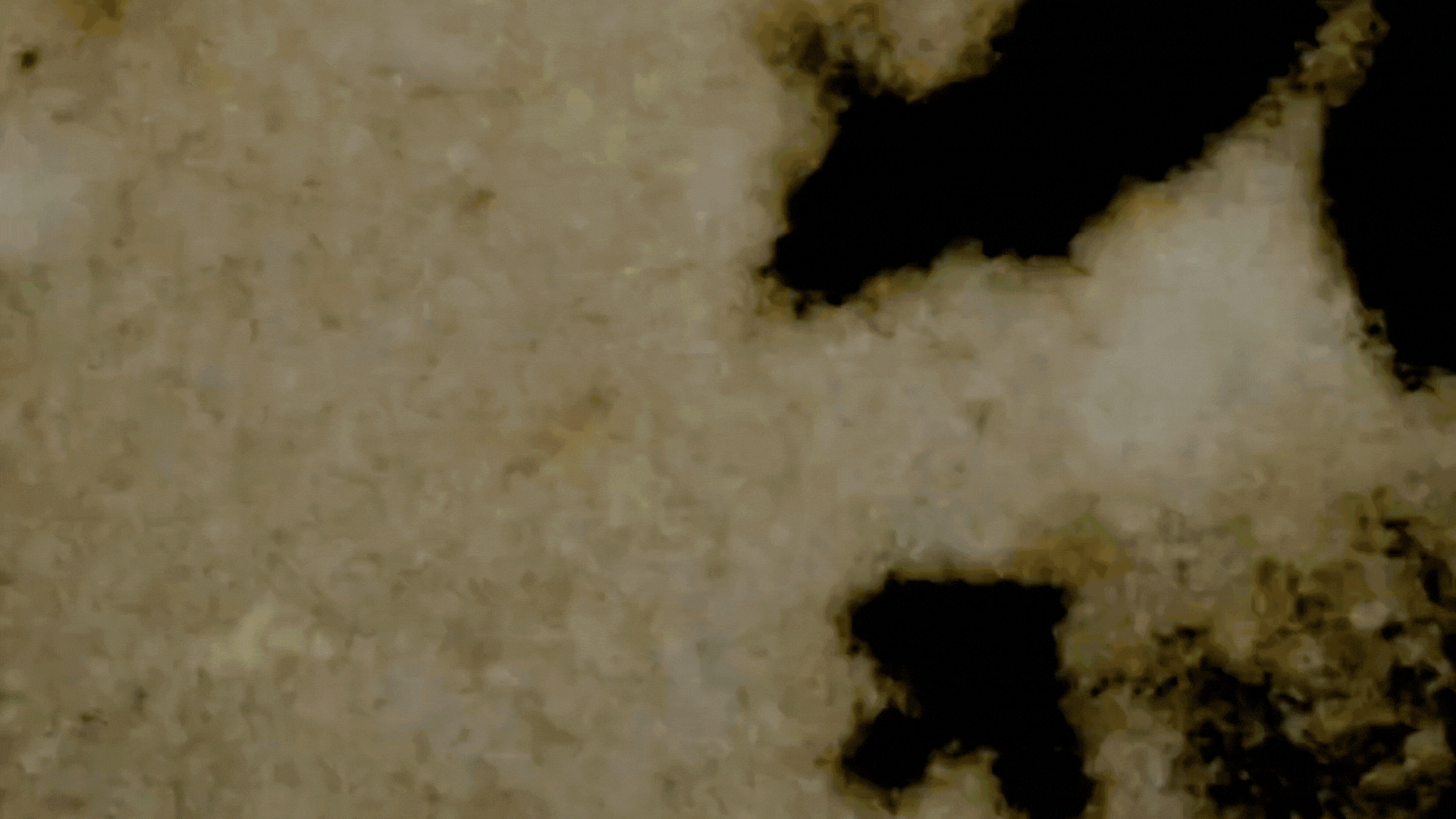
Fantômes et images en mouvement : le Black Atlas d’Edward George

Confronting the Absence of Latin America in Conversations on African Diasporic Art

On Exile, Amulets and Circadian Rhythms: Practising Data Healing across Timezones
Plus d'articles de
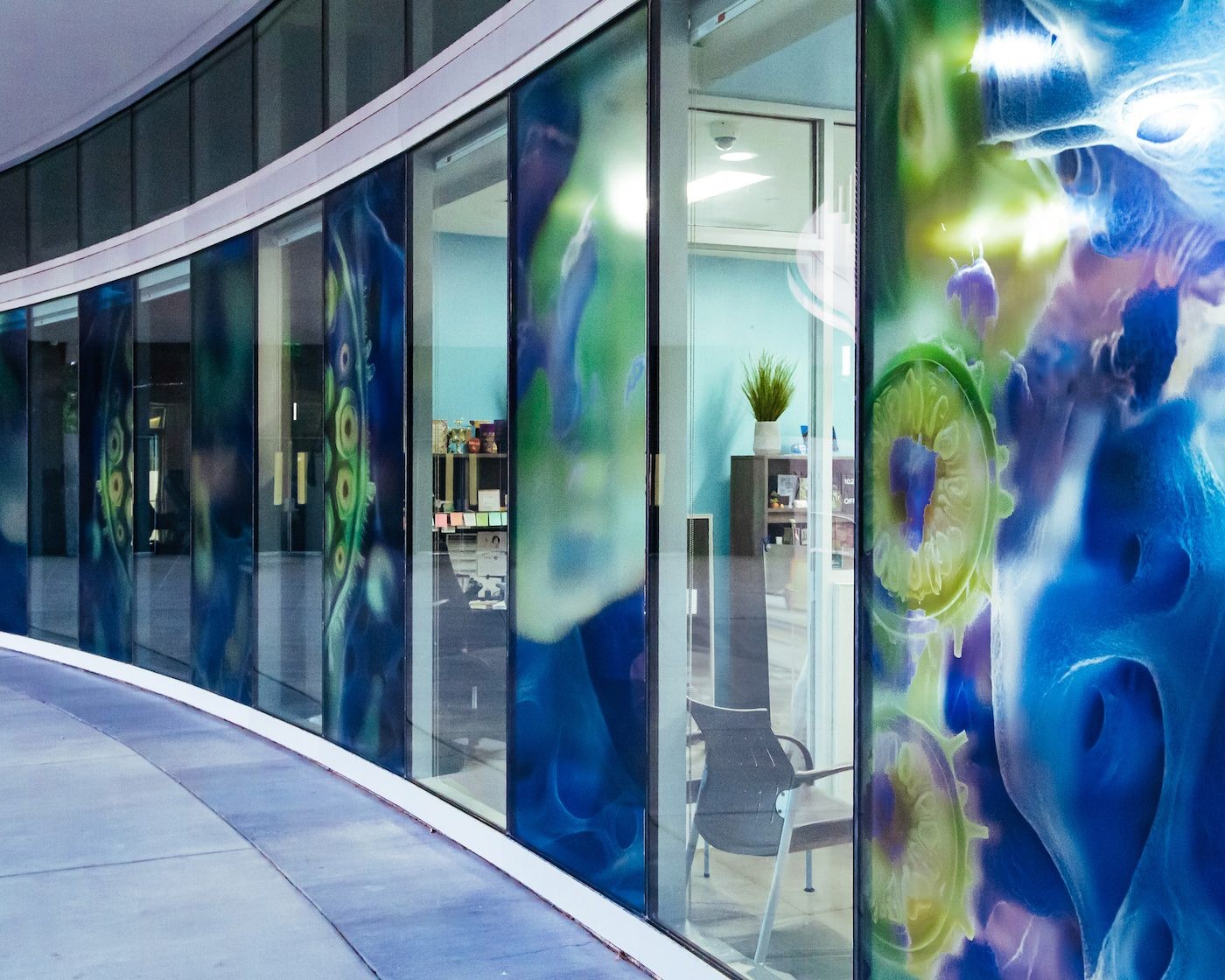
A(spora) de Jazsalyn : Sur le corridor Gullah Geechee

Denis Maksaens: Glitch and Representation in the Caribbean
